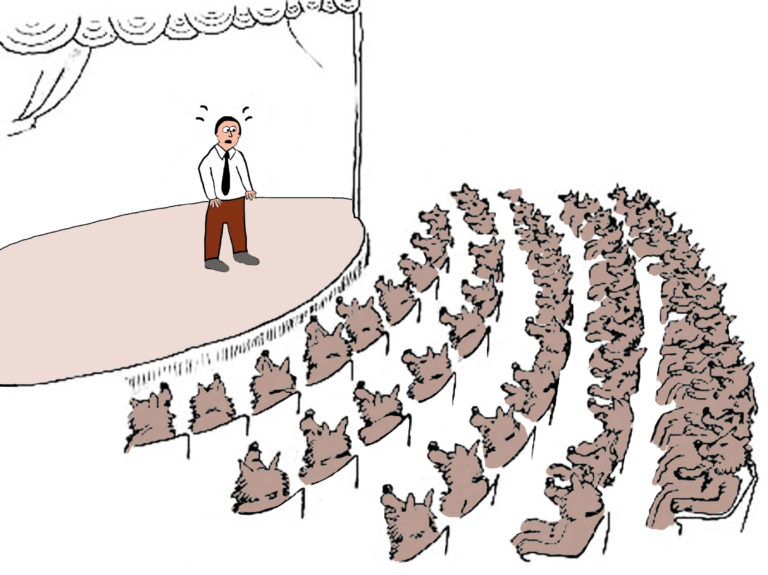Advances in equine diagnostic imaging have expanded rapidly in recent years. We consulted with UC Davis radiologists Dr. Kathryn Phillips and Dr. Mathieu Spriet, and ultrasonographers Dr. Betsy Vaughan and Dr. Mary Beth Whitcomb, to uncover 10 Things You Might Not Know about Equine Diagnostic Imaging.

- The first veterinary X-rays were performed in the horse. The first scientific paper on diagnostic radiology in veterinary medicine in America, published in 1915, presented radiographs of bony changes associated with lameness in six horses. More than 100 years later, digital radiography has essentially replaced the use of film and darkrooms, making X-rays more portable and accessible.
- Equine diagnostic imaging became a newly recognized specialty in the American College of Veterinary Radiology (ACVR) in 2019. Founded in 1961, the ACVR is one of 22 veterinary specialties of the American Veterinary Medical Association. Diplomates of the ACVR (DACVR) have undergone a three- or four-year residency program after obtaining their veterinary degrees and successfully passed a comprehensive examination. UC Davis faculty members Drs. Mathieu Spriet and Kathryn Phillips are among the first diplomates in the ACVR subspecialty of Equine Diagnostic Imaging.
- Ultrasound can evaluate bone surfaces. Ultrasound is widely known to assess tendons, ligaments and other soft tissues. However, it can also provide information about bone fractures or infected bone, especially in areas that are not easily accessible by X-rays such as the pelvis, scapula and ribs.
- Nuclear scintigraphy (i.e. “bone scan”) and positron emission tomography (PET) can answer the question: “Where does it hurt?” These imaging technologies are functional instead of structural. Radioactive tracers specific to bone or tissue are injected in small amounts into the patient’s blood stream and collect in areas of high biological activity. The radiotracer gives off energy in the form of gamma rays, which are detected by a gamma camera. Computer software analyzes the data to produce an image. These approaches enable veterinarians to pinpoint activity at the molecular level (i.e. “hot spots”) that may indicate disease or injury.
- A computed tomography (CT) scan can acquire hundreds of images in less than a minute. Tomography means imaging by sections or slices. The sections can then be stacked to produce a three-dimensional image. CT scanners produce cross-sectional images using a rotating X-ray tube. Typically, the X-ray tube performs a 360-degree rotation around the patient in one second. The number of images per rotation depends on the number of detectors. Scanners with more detectors can produce more images per rotation. A single slice CT scanner acquires one image per rotation. A two-slice CT scanner acquires two images per rotation, etc. The most common types in veterinary medicine are 8, 16, 32, or 64, although some human medical centers have instruments with up to 640 CT slice counts.
- Magnetic resonance imaging (MRI) is effective at diagnosing lameness when used as a targeted approach. The gold standard for musculoskeletal imaging in humans, MRI is a valuable tool for early detection and treatment of injuries in horses. However, it is not a scanning tool to be used indiscriminately. Combinations of physical examinations, lameness examinations, nerve blocks, and joint blocks are necessary to localize the lameness to a specific region before initiating an MRI scan.
- UC Davis pioneered the use of positron emission tomography (PET) scans in horses. This presented a major breakthrough, as PET imaging of horses had not been possible due to positioning restrictions inside the standard PET instruments. Although PET is used in human medicine for the detection of cancer metastasis and for functional assessment of the brain, UC Davis studies demonstrated promising applications for assessing the musculoskeletal systems of horses.
- Diagnostic imaging approaches can assess and monitor healing. Since diagnostic imaging is non-invasive, scans are easily repeated to evaluate how well an injury is healing and inform treatment and rehabilitation. Modalities such as ultrasound are often used to monitor healing after tendon and ligament injuries and even after surgical procedures to quickly identify post-operative complications.
- The primary patient-related artifact is motion. Artifacts are distortions in the acquired images and can interfere with interpretation and diagnosis. For some imaging modalities, voluntary (breathing) and involuntary (heartbeat and gastrointestinal movement) motion can result in image artifacts. Imaging protocols are optimized to keep scan times short enough to reduce the risk of motion artifacts, but long enough to allow sufficient data acquisition.
- Acquiring the image is only part of the equation. Hospitalization, standing or general anesthesia, and image interpretation by a trained specialist all factor into the overall time and cost of a diagnostic imaging procedure. In some cases, more than one diagnostic imaging modality is required to identify the issue. Although diagnostics may involve upfront costs, they can also save money by ensuring an accurate diagnosis and appropriate treatment.
This article originally appeared in the UC Davis Spring 2023 Horse Report.








